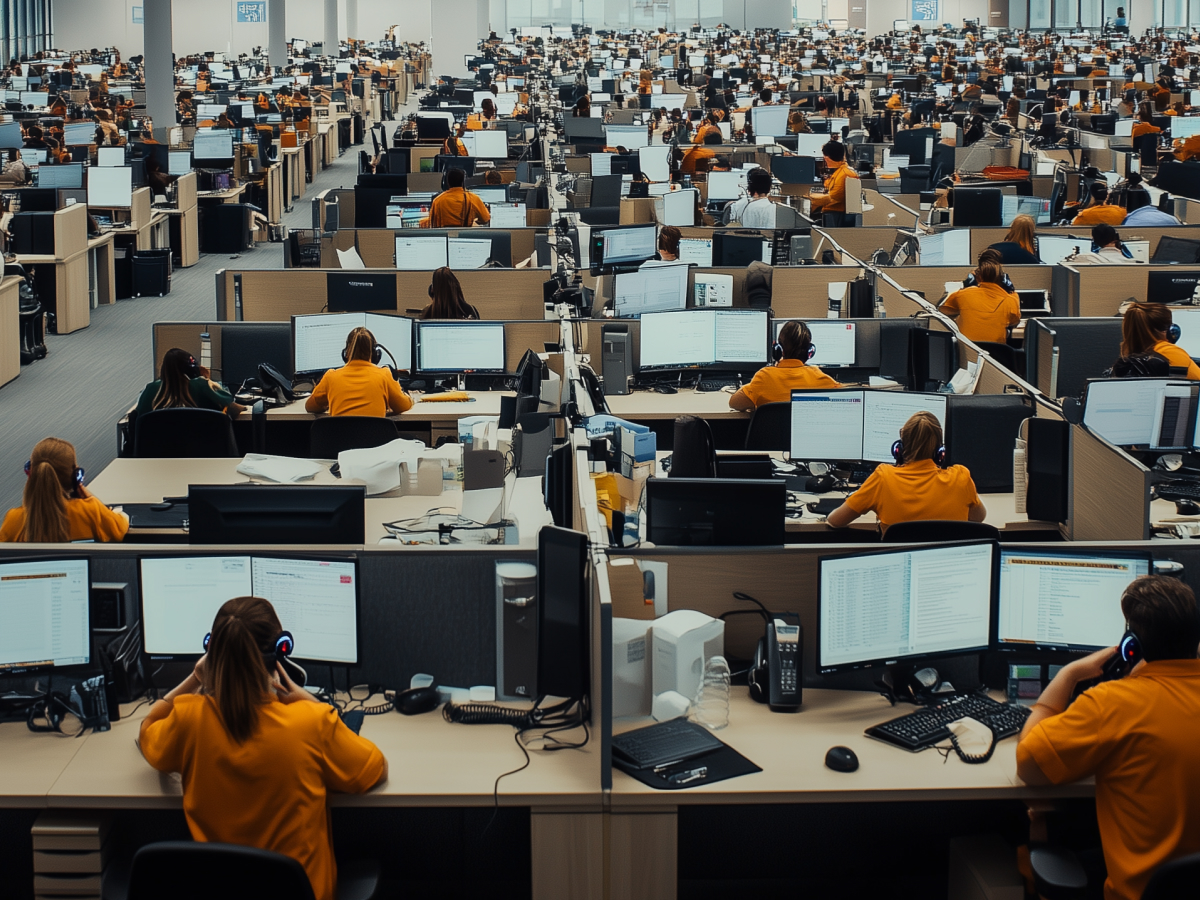The complexity of scaling localized advertising across multiple channels has grown exponentially. Digital ad spend is increasing year over year, driven by new, emerging channels such as financial media and retail media networks. Such expansion complicates the market, forcing advertising teams to navigate a broader range of platforms and media types.
Advertisers are being asked to do more with less, a situation described as the “crisis of capacity.” Teams are often working with fewer resources than before, while demands and expectations continue to rise. The result is operational fatigue, where ad teams find themselves stretched to the limit.
As more businesses look to localize their campaigns, the strain only intensifies, putting pressure on margins and pushing productivity to its breaking point.
Localized campaigns introduce additional layers of complexity, requiring the management of unique custom data. Variables like regional colloquialisms, localized images, and specific geographic nuances all need to be factored into campaigns.
Managing these elements manually is not only time-consuming but also introduces a higher likelihood of errors in branding, messaging, and compliance. The more these variables multiply, the greater the risk of inconsistency across channels, damaging brand reputation and reducing efficiency.
Scaling these campaigns without automation is increasingly impractical, and the cost of maintaining manual processes ultimately erodes profitability.
Automation is your secret weapon for scaling advertising
Automation is key in navigating the growing complexity of local advertising. Manual processes struggle to keep up with the scaling needs of multi-location campaigns, where variations in messaging and targeting are key. Automation replaces time-consuming, error-prone tasks, significantly reducing the strain on teams.
It also offers a pathway to achieve scale without proportionally increasing operational costs. When introducing automation into core processes, such as budget allocation and campaign optimization, advertisers can minimize errors, improve response times, and maximize efficiency without overburdening their workforce.
Automation provides consistency, which is key in maintaining quality across hundreds or thousands of individual campaigns.
Traditional scaling methods are no longer sufficient in today’s complex advertising market. Hiring more staff to handle additional campaigns may seem like a solution, but it quickly becomes unsustainable. Each team member can typically manage between 20-30 accounts, but simply adding more employees doesn’t address the core issue: the need for efficiency.
Increasing headcount adds to overhead costs and leads to employee burnout, ultimately resulting in high turnover and a weakened talent pool.
Another outdated tactic is building custom, in-house technology solutions. Known colloquially as “Frankentech,” this approach involves piecing together solutions to address specific problems. In-house systems often lack interoperability, creating a fragmented tech stack that hinders scalability.
Rather than solving problems, these siloed tools tend to multiply inefficiencies, making it harder to manage campaigns holistically. The cost of maintaining these systems quickly outweighs any potential benefits they might provide.
Scaling local ads with automation
As consumers spread their attention across an increasing number of media platforms, brands are following suit, shifting more of their advertising budgets toward programmatic channels.
Emerging media types like connected TV (CTV) and audio ads are becoming central to reaching hyperlocal audiences. These channels offer more precise targeting capabilities, making it easier for brands to connect with consumers at the local level.
By 2027, Fluency forecasts a 350% increase in spending on Amazon and demand-side platforms (DSPs). This surge reflects advertisers’ need to focus on platforms where their audiences spend the majority of their time.
Programmatic media buys and automation make these platforms accessible at scale, but managing such a diverse media mix requires new strategies and tools to avoid operational bottlenecks.
The pain of managing too many channels at once
Managing campaigns across multiple channels has traditionally been tackled by two outdated approaches. First, is hiring more employees, but as previously noted, this quickly leads to diminishing returns. With each new hire comes additional overhead and training costs, yet the team’s output remains capped by human capacity limits.
The second method is custom tech development. In-house tech solutions, built to solve specific problems, often lack the flexibility to scale across all campaign types and channels. Instead of creating a cohesive infrastructure, these custom systems contribute to fragmentation, leading to inefficiencies and duplicated work.
A lack of interoperability between systems means that as campaigns grow in complexity, these solutions falter, requiring even more manual oversight and maintenance.
Automate the mundane
Budget management in digital advertising is key for maximizing campaign performance. Automation alleviates this workload by adjusting bids and reallocating budgets based on real-time performance metrics. It makes sure that spending is optimized across campaigns, reducing the likelihood of overspend or underutilized budgets.
Advertisers who have embraced automation in budgeting have reported significant gains. For instance, teams making use of automation have improved their budget utilization from 95% to 98%, making sure that nearly every dollar is spent wisely.
Precision allows advertisers to maximize their returns while keeping costs under control.
Cut campaign launch time in half with these automation tactics
Launching campaigns, especially across multiple locations, is one of the most time-consuming tasks in digital advertising. With manual processes, campaign setup can take hours, as each location requires specific configurations and adjustments.
Automation addresses bottlenecks by using pre-set configurations that automatically build and launch localized campaigns.
Let automation do the heavy lifting
Campaign management requires constant oversight, especially when running ads across multiple channels. Monitoring performance, adjusting budgets, and managing ad approvals all drain valuable time and attention from teams.
Automation alleviates these burdens by delivering real-time alerts and proactive notifications. Advertisers are immediately informed of any issues, such as zero spend or disapproved ads, allowing them to act quickly without needing to babysit each campaign.
Automation frees strategists to focus on high-value tasks, such as optimizing performance and refining overall strategy, rather than being bogged down by operational minutiae.
Stop wasting time on reporting
Reporting is a necessary, but often tedious, part of advertising operations. Manually gathering performance data, updating reports, and creating presentations for clients takes up significant time and energy. Automating reporting streamlines this process by generating customizable dashboards that give a complete, real-time view of campaign performance.
With automated reports, advertisers can keep clients informed and make data-driven decisions quickly, without the need to spend hours on manual updates. It also makes sure that all stakeholders have access to the most up-to-date data, improving transparency and decision-making.
Automate the tedious stuff first
There are four primary workflows that are particularly suited to automation due to their repetitive and data-heavy nature: budgeting, campaign launches, campaign management, and reporting. These processes involve many manual tasks that slow down operations, making them ideal candidates for automation.
When automating these areas first, advertisers can achieve the greatest time savings and operational efficiencies, allowing teams to focus on more strategic initiatives.
Key takeaways
As the advertising world grows more complex, ask yourself: Is your brand equipped to keep pace, or are you still bogged down by manual processes that limit your potential? The future belongs to those who can scale efficiently, optimize in real-time, and free their teams to focus on strategy rather than tasks.
If you’re not automating key workflows, you’re falling behind and leaving valuable opportunities on the table. What would your brand look like if your team had the time and tools to focus on growth instead of the grind?





